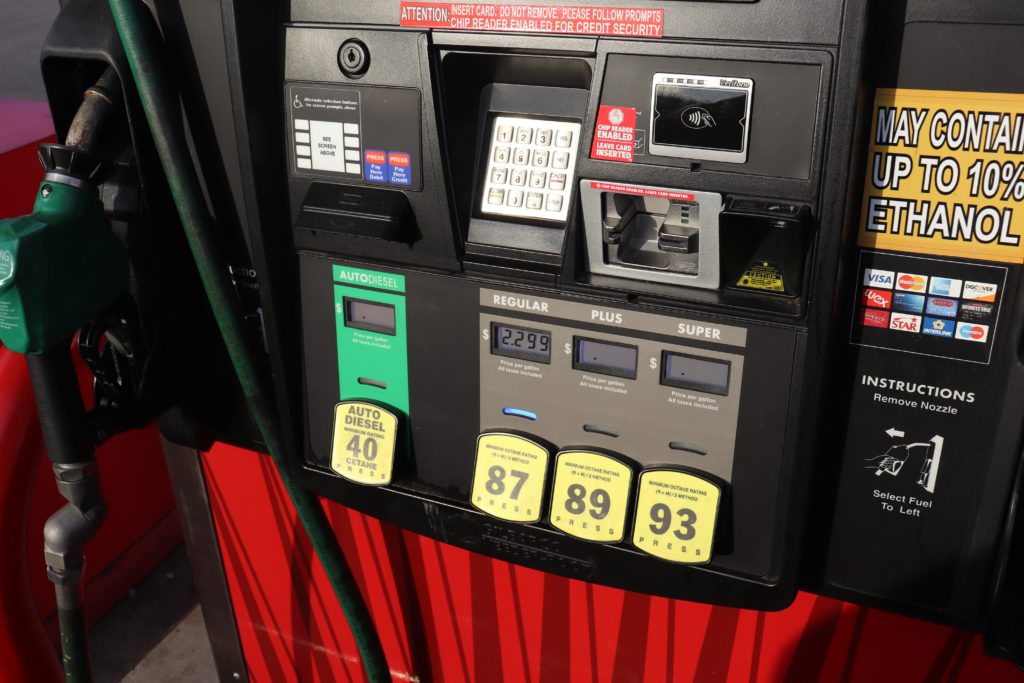With Gas Prices Down, Could Gas Taxes Be Going Up?

Rich or poor, young or old, no one likes high gas prices – with the possible exception of oil and gas companies. In any case, the recent drop in gas prices around the country has no doubt brought some relief to just about everyone in America, including big corporations that own large fleets of vehicles.
However, just when everyone was starting to get excited by the continuing decline in the prices at the pump, some lawmakers think that now might be the perfect time to add a little more tax to price of gas. The federal gas tax currently sits at 18.4 cents a gallon and it hasn’t increased since 1993. In addition to the federal gas tax, most states also charge additional gas taxes, with the average rate per state being 23.5 cents a gallon.
Despite the fact motorists hate any type of increase in gas prices, lawmakers have seen the real value of the gas tax diminish thanks to inflation since 1993. In fact, the gas tax only generates about two-thirds the amount of real dollars it did 21 years ago. Because the real buying power of that gas tax revenue has declined that means there is now less money to repair bridges and roads.
Because America’s roads, both locally and nationally, are reportedly in such bad condition and the federal Highway Trust Fund is essentially broke, lawmakers are seriously considering raising gas prices.
However, that being said, the conversation about raising gas taxes has yet to reach the forefront of hot topics in Washington, as the government still has many other issues to settle that are more pressing.
Meantime, if you need help saving a little more on your next return or planning for this coming year’s taxes, then contact GROCO today by clicking here.
Hidden Costs of Estate Settlement
Hidden Costs of Estate Settlement As you look for ways to improve the financial outlook for your family, give extra attention to your choice of an executor for your will. Generally, the fee for settling an estate relates to the responsibilities of the job, not to who does the job. That means that anyone you…
United States Tax Laws – A Perspective for Foreign Companies and Individuals Doing Business or Living in the United States
United States Tax Laws – A Perspective for Foreign Companies and Individuals Doing Business or Living in the United States A Greenstein, Rogoff, Olsen & Co. Analytical Report This document has been prepared for the assistance of those interested in residing, investing and/or doing business in the United States. The United States tax laws are…
U.S. Income Tax Issues Faced by Foreign Owned Corporations
U.S. Income Tax Issues Faced by Foreign Owned Corporations — Foreign company tax in USA Part 1: United States Tax Laws – A Perspective for Foreign Companies and Individuals Doing Business or Living in the United States Accounting year for tax purposes: U.S. Tax Law requires that a U.S. corporation controlled by a foreign corporation…
Foreword to United States Tax Laws
Foreword to United States Tax Laws United States Tax Laws – A Perspective for Foreign Companies and Individuals Doing Business or Living in the United States Greenstein, Rogoff, Olsen & Co. is a respected and well-recognized leader among the San Francisco Bay Area accounting firms by providing distinctive high quality tax and accounting consulting services.…




